- About Us
- Facilities
- Patient Stories
- Media & Events
- CSR
- Contact Us
- Book Appointment
An anal fistula ( Bhagandar / Fistula in ano ) is a small channel that develops between the end of the bowel and the skin around the anus. It frequently is the result of a previous or current anal abscess. Fistula has a tract with two openings - Internal opening into the rectum or anal canal and External opening through the skin of the buttocks.
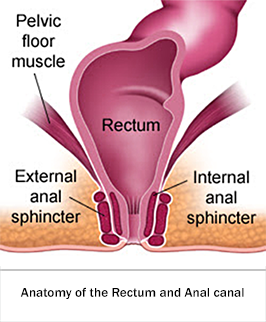
Very few anal fistulas heal by themselves and the only effective cure for a persistent anal fistula is surgery.
Till date, more than 10, 000 patients have been successfully treated at Healing Hands Clinic. Extremely difficult cases of Complex fistulas and Recurrent fistulas ( those that have been unsuccessfully operated upon before ) have been efficiently managed at HHC. Dr Porwal is a renowned fistula doctor in India. Team of doctors and surgeons have successfully cured rare cases of fistula, like those extending from rectum to abdomen ( Recto-abdominal ), rectum to groin ( Recto-inguinal ), rectum to tailbone ( Recto-nidal ).
Giving an impetus to the existing armamentarium for treating fistulas, Laser surgery FiLaC ( Fistula-tract Laser Closure ), the first of its kind in India was introduced at our clinic. Dr. Porwal’s keenness in research and continual lookout for progress enabled him to devise a treatment he has labelled Distal Laser Proximal Ligation ( DLPL ) . This treatment is his own innovation and is a sphincter-saving procedure with negligible recurrence rate compared to all other techniques.
Healing hands clinic is a certified centre of excellence for fistula treatment in India providing fistula care in Pune, Mumbai, Bengaluru, Hyderabad, Nashik, Ludhiana, Surat, Kolhapur & Latur. Each of the clinics have Internationally recognised surgeons and state of the art facilities to provide holistic treatment for Fistula cure.
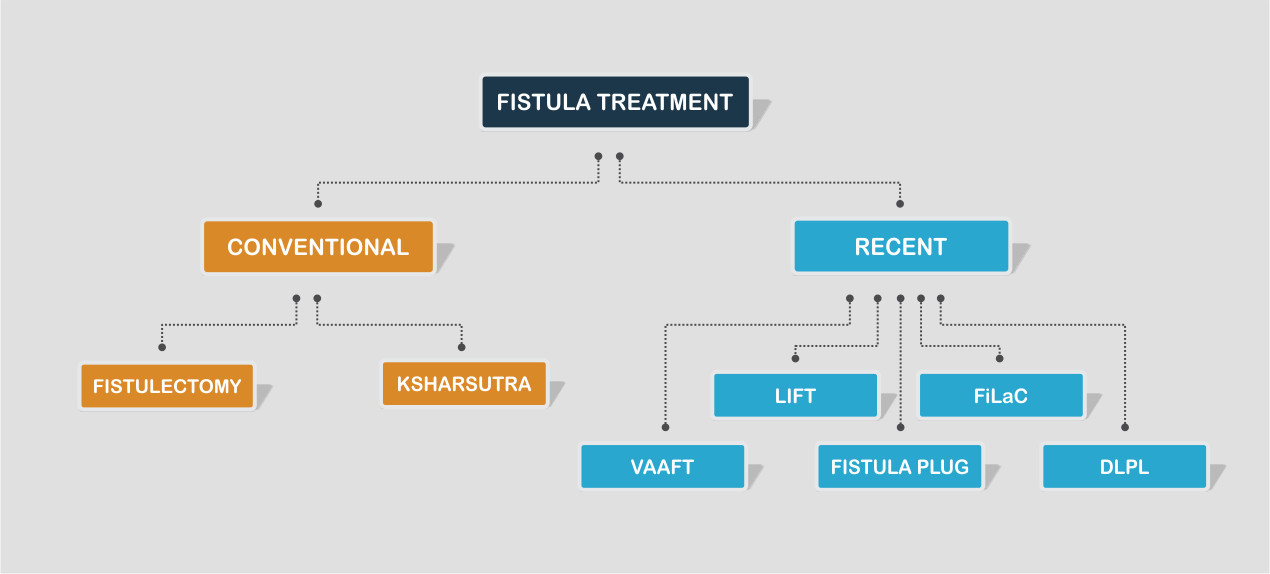
This is a surgical procedure in which the fistula tract is completely excised. Done under General anaesthesia, the fistula tract is removed and the groove that is formed is left behind to heal. This procedure carries with it the risk of damage to the sphincter muscle resulting in fecal incontinence and is usually reserved as a treatment option for Complex fistula.
At Healing Hands Clinic, Laser is used as an adjunct to Fistulectomy to minimize the risk of damage to the sphincter muscle. Thus, with the added advantage of Laser the chances of post-operative incontinence are negligible.
This is an ancient Ayurvedic technique in which a special thread is used to treat the fistula. This thread is coated with Ayurvedic preparations and is inserted into the fistula tract.
The local irritation caused by the alkaline thread causes chemical cauterisation leading to inflammation within the tract. As a result the tract begins to debride. An important action of the Ksharsutra is that it allows continuous drainage of pus and debris from the tract. As all the infected material is drained, healing begins in a clean environment.
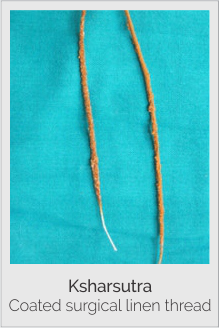
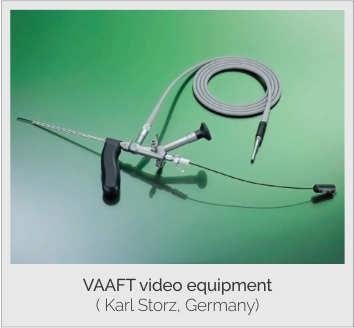
The VAAFT technique is used for the surgical treatment of Complex fistulas. It is performed with the use of a fistuloscope. The procedure consists of 2 phases
This procedure is usually performed for Complex or Deep fistulas. A seton is first placed in the fistula tract, forcing it to widen over time. A few weeks later, the surgeon removes the infected tissue and closes the internal fistula opening. The advantage of this procedure is that the fistula is accessed between the sphincter muscles thus avoiding cutting them. However, the success rate of LIFT is ~70% with an impaired healing in 20-30% cases.
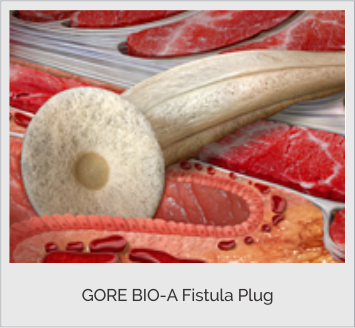
The fistula plug is a 100% synthetic bio-absorbable scaffold. This plug is placed in the fistula tract. Over time cells from the body migrate into the scaffold and new tissue is generated as the body gradually absorbs the plug material, leaving no permanent material in the body.
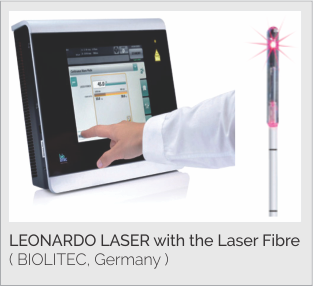
This procedure, done using the Leonardo Laser, was first introduced in India at Healing Hands Clinic. The aim of the procedure is to gently remove the fistula tract without damaging the sphincter muscle.
The procedure is done under short General Anaesthesia and requires about 30-40 minutes. A radially emitting Laser Fibre is inserted from the outside. A defined amount of laser energy is then emitted circumferentially into the fistula tract. The laser energy causes controlled photothermal destruction of the fistula tract causing it to collapse to a high degree. This also helps supports and accelerates the healing process.
Fistula is a complex disease. Ultimately the aim of any fistula treatment is not just to get rid of the existing fistula but:
1. To save the sphincter muscle and thus prevent incontinence.
2. To prevent recurrence, considering the nature of the disease
Most of the techniques like VAAFT, LIFT, FiLaC achieve the primary purpose of closing the fistula and saving the sphincter. However, they all have their own rates of recurrence. Considering how bothersome a fistula is, even a small chance of recurrence can be a concern for the patient.
Dr. Ashwin Porwal, having specialised in Proctology ( a branch of surgery which deals with the rectum and gluteal region), has treated a large number of Fistula cases. In his experience of treating fistula patients over the past years, he tried to understand the nature of the disease and the cause of recurrences. After an in-depth study and applying all his knowledge and skills, he devised a technique he has labelled DLPL - Distal Laser Proximal Ligation.
In this procedure any abcess cavity along with the internal opening is first excised.This is followed by closure of the distal tract. The proximal part of the fistula tract is then sealed with the Leonardo Laser. With the radially emitting fibre of the laser, energy is applied circumferentially to the fistula tract. This ensures complete closure of the tract.
IN HIS SERIES OF 100 PATIENTS WITH COMPLEX HIGH FISTULAS TREATED WITH DLPL, THERE WAS NOT A SINGLE CASE OF RECURRENCE OR INCONTINENCE.
Usually a brief history followed by clinical evaluation - including a digital rectal examination is enough to diagnose an anal fistula. At the same time Proctoscopy ( a minor inspection of the rectum using a small tube like scope ) is also done to check for any concomitant condition in the rectum.
An MRI Fistulogram may be needed for complicated fistulas in which the tract is difficult to delineate. Fistulography, an X-Ray of the fistula after injecting a contrast solution is not done any longer as it may lead to the formation of a false tract due to forceful injection of the dye.
Healing Hands Clinic has recently introduced 3D Endo-anal Pelvic Floor Imaging which is available in only a few places in India. It is an highly advanced, established technique for imaging the rectum and anal canal. It is rapid,simple and well-tolerated. It also provides valuable information about the anatomy of the anal sphincters.
Many patients suffering from Fistula are not diagnosed properly because of the complex anatomy and limited diagnostic options. Although MRI Fistulogram is a commonly used technique for Fistula imaging, many patients are claustrophobic or just fear getting inside the MRI machine. Besides, Fistula is a dynamic disease wherein new tracts and abscesses may form from time to time. Thus an old MRI may not give an accurate picture of the current disease. 3D Endo-anal Pelvic Floor Imaging is a patient-friendly procedure that can be done at any given time. The most important aspect of this technique is that it can be used intra-operatively, which means that the surgeon can use it while performing the surgery. Post-operatively, it is used to confirm the accuracy of the fistula repair.
3D Endoanal Imaging is an important tool to study the various characteristics of Fistula. Fistulae are visualised as hypoechoic tracts. Specific features like the site of internal opening, level of the radial tract, the relation of tracts to anal sphincters and site of fluid collections/pararectal cavities can be obtained. It provides a detailed multiplanar reconstruction of the anal canal. 3D Imaging is particularly helpful in high fistulae with anal sphincter involvement, especially if there are additional extensions and associated pararectal collections. It gives useful information about the sphincter defects which is important in planning surgery in order to minimise damage to anal sphincter complex.
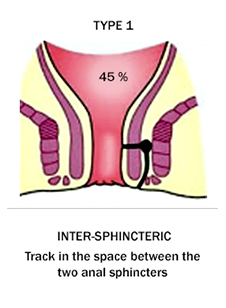
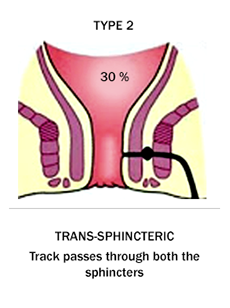
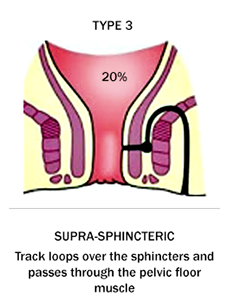
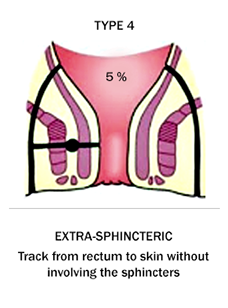
Only a person who has suffered from fistula-in-ano knows what an irksome condition it is to have! In our long-standing experience of treating fistula cases, we have realised that a successful outcome of the treatment depends as much on the patient's cooperation and self-care, as on the surgeon's skill. Hence, we have answered a few queries which patients generally face during their fight against fistula.
It's like taking a small nap! All you will feel is a small needle prick during your preparation for the procedure. The entire surgery takes about 30 minutes. Occasionally, only the lower half of your body is anaesthetised and you will be alert and probably having a chat with your doctor!
Yes, the laser probe is inserted within the fistula tract and the laser energy is applied circumferentially to coagulate ( burn ) it. The tract heals by a process called 'secondary intention'.
You will normally be able to start drinking water shortly after the procedure and can start eating as soon as you are hungry. You will be able to get out of bed a few hours after surgery.
You are likely to have some pain after the procedure that is easily controlled with painkillers.
If your operation is planned as a day care procedure you can go home as soon as the effect of the anaesthetic has worn off, you have passed urine and you are comfortable, eating and drinking. Since a general anaesthetic is used, it is advisable that a responsible adult take you home and stay with you for 24 hours.
At times you may be given a discharge after 24 hours in which case you may need to stay in the hospital for a night.
Before you are discharged you will be advised about post-operative care, painkillers and laxatives.
You do not need a specific diet. Just make sure you eat a healthy, fiber-rich diet before and after surgery.
Get plenty of rest, take a Sitz bath about 3 times a day ( especially after a bowel movement ), maintain self-hygiene and consume a fibre rich diet.
You may start travelling after a week.
You do not need any special pillow after surgery.
It may take 6-8 weeks for anal fistula to completely heal. Take complete rest for the first 24 hours after surgery. You can gradually resume your daily chores and most people are back to their normal activities in 5-7 days.